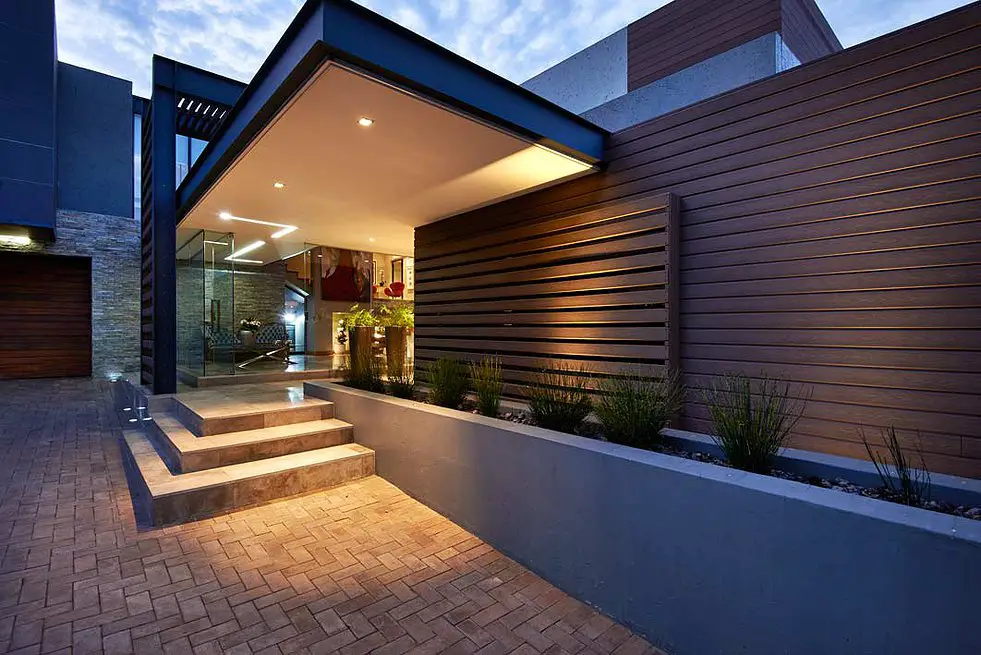The cladding marketing has turned up for the best in Africa, it has been consistently used as an alternative building method to give a building a modern new age look and also as a cost and time reduction mechanism. Over the years cladding has seen a massive face lift to make it aesthetically pleasing to architects and designers. Its usage nowadays is not only external but professionals are also opting for internal usage.
Cladding is mostly a matter of putting together strips of stone that have different thicknesses and textures thereby creating a beautiful 3d appearance. Heavy duty cutting machines are used for the extraction of the material, this is then cut to the preferred size and then if required an additional chisel edge will be added.
Also Read: Best flooring options for an office
According to Nellie Botha of Union Tiles a multi-faceted wall and floor tile corporation in South Africa, the sizes and thickness of the material can be calibrated if necessary which would certainly give you a more sophisticated ‘look’. In terms of the methodology applied when manufacturing, the latest cutting machines are imported from China and Europe which results in a greater production capacity.
“However, it must be noted that due to the cost of some of these machines many of the smaller quarries will cut with angle grinders and ‘split’ the pieces with rudimentary tools such as a hammer and chisel. This method is obviously very labour intensive,” she adds.
Claddings also come in unique designs based on individual designs and standard perforation patterns. According to Nina Brühwiler of Bruag an innovator for both interior and exterior architecture in Switzerland, the creative flexibility for planners and architects is even larger; different panel sizes and perforations as well as panel overarching patterns are possible. Therefore, the application areas as Facades, balcony claddings, wall cladding, ceiling element, stair railing are quite diverse.
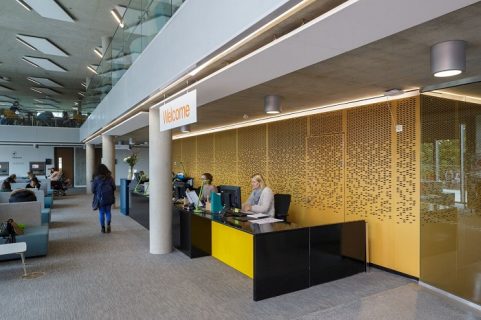 The evolution of cladding in Africa
The evolution of cladding in Africa
The biggest boost for cladding came when it became an identification feature for anchor stores and franchises like Poco Warehouse, Marko, KFC, Coke Cola, BMW etc. This identity opened doors for companies to have a set standard when it comes to a corporate image.
Mr. Shayne Lessing of Global Roofs one of the largest metal roofing manufacturers mentions that, technology in cladding materials has evolved a lot, from thermal coatings, to efficient methods of installation. The Brownbuilt 406 was one of the first cladding profiles in Southern Africa from 1958, and this success was followed by the Klip-Tite and Klip-Lok profiles.
Consequently, cladding has been a trend for a few years in South Africa now. It adds huge value to finishing externally and internally. As South Africa is so rich in sandstone, slate and quartzite they have the material to manufacture cladding for all applications.
He further adds that, architects, developers and the entire construction industry has welcomed this advancement in the construction of buildings and have started working on taking the designs to new levels. This is evident in the scale of steel cladding on projects ranging from 1000m2 to 100 000m2. For instance, projects like Kasane Airport in Botswana, cladding was the only solution for the design, and the environment was also a major influence in the selection of building materials.
According to Alberto Bevilacqua, CEO at Lithos Design an Italian manufacturer of modular feature walls and flooring made of natural stone and marble for interior design; ‘Le Pietre Incise’, one of the first Lithos Design collections, is one of the most appreciated by the African audience yet also the latest ones, the ‘Luxury’ and ‘Nuance’ collections for example, are admired. In particular, textures recalling nature and suggestive tropical landscapes, such as our ‘tropico’ and ‘palma’ marble coverings from the ‘Le Pietre Incise’ collection are really loved as well as the claddings evoking textiles, such as ‘tartan’ from the ‘Nuance’ collection, ‘chiffon’ from the ‘Drappi di Pietra’ and ‘fibra’ by the ‘Cesello’ collection.
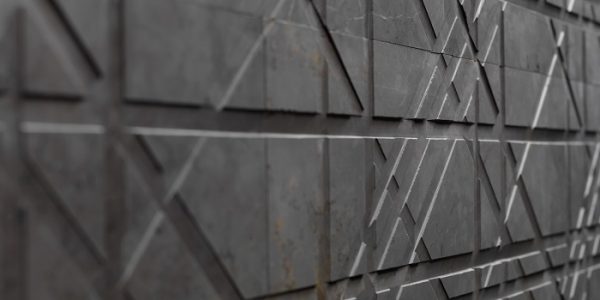 “Our marble wall textures are displayed in Morocco, at Jura Sanitaire & Design and in South Africa, at Tiletoria. Indeed, the main aspect we consider really important and we strongly believe in, above all nowadays, is to provide designers with an eclectic range of coverings able to meet different decorative and stylistic needs and requests,” he said.
“Our marble wall textures are displayed in Morocco, at Jura Sanitaire & Design and in South Africa, at Tiletoria. Indeed, the main aspect we consider really important and we strongly believe in, above all nowadays, is to provide designers with an eclectic range of coverings able to meet different decorative and stylistic needs and requests,” he said.
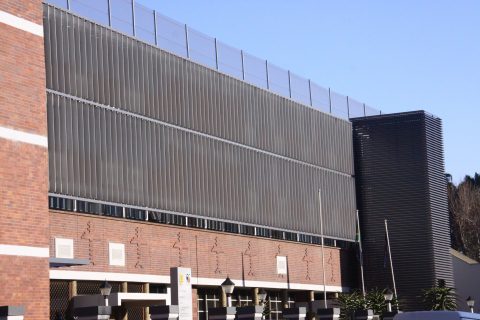
Installation
Cladding can be tricky to install, especially when using a cladding product that does not have straight edges. According to Craig de Necker of The friendly Plant an award-winning landscape design and installation company in South Africa, these more random shapes (as with many of the natural stone products) require a keen eye in order to properly install.
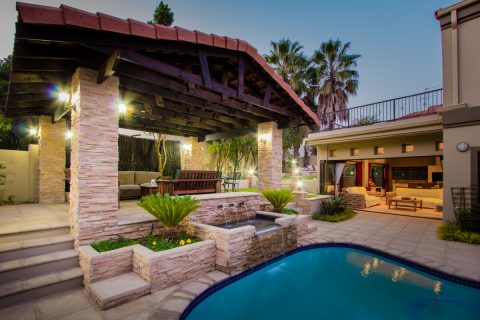 Before installing, it is also crucial to request an installation specification. The reason for individual specification per application according to Ms. Botha of Union Tiles, is due to the weight. Where cladding is placed externally to a building one must insist on mechanical fixing in conjunction with the adhesive. Noncompliance of a technical specification per application may very well result in the cladding ‘falling off’ the respective wall.
Before installing, it is also crucial to request an installation specification. The reason for individual specification per application according to Ms. Botha of Union Tiles, is due to the weight. Where cladding is placed externally to a building one must insist on mechanical fixing in conjunction with the adhesive. Noncompliance of a technical specification per application may very well result in the cladding ‘falling off’ the respective wall.
Furthermore according to AMOP synergies a provider of quality design and decorative products, the fabrication and installation is key, as well as the quality of the product. Therefore, one should always engage a company with innovative durable and quality designs.
Additionally, the consumer should ensure that the particular product is a proprietary system that has been researched and is also supported by performance charts and adhere to strict specifications; this is according to Luigi Zito of Hunter Douglas a distributor of aluminium facade claddings in Sub-Sahara Africa.
